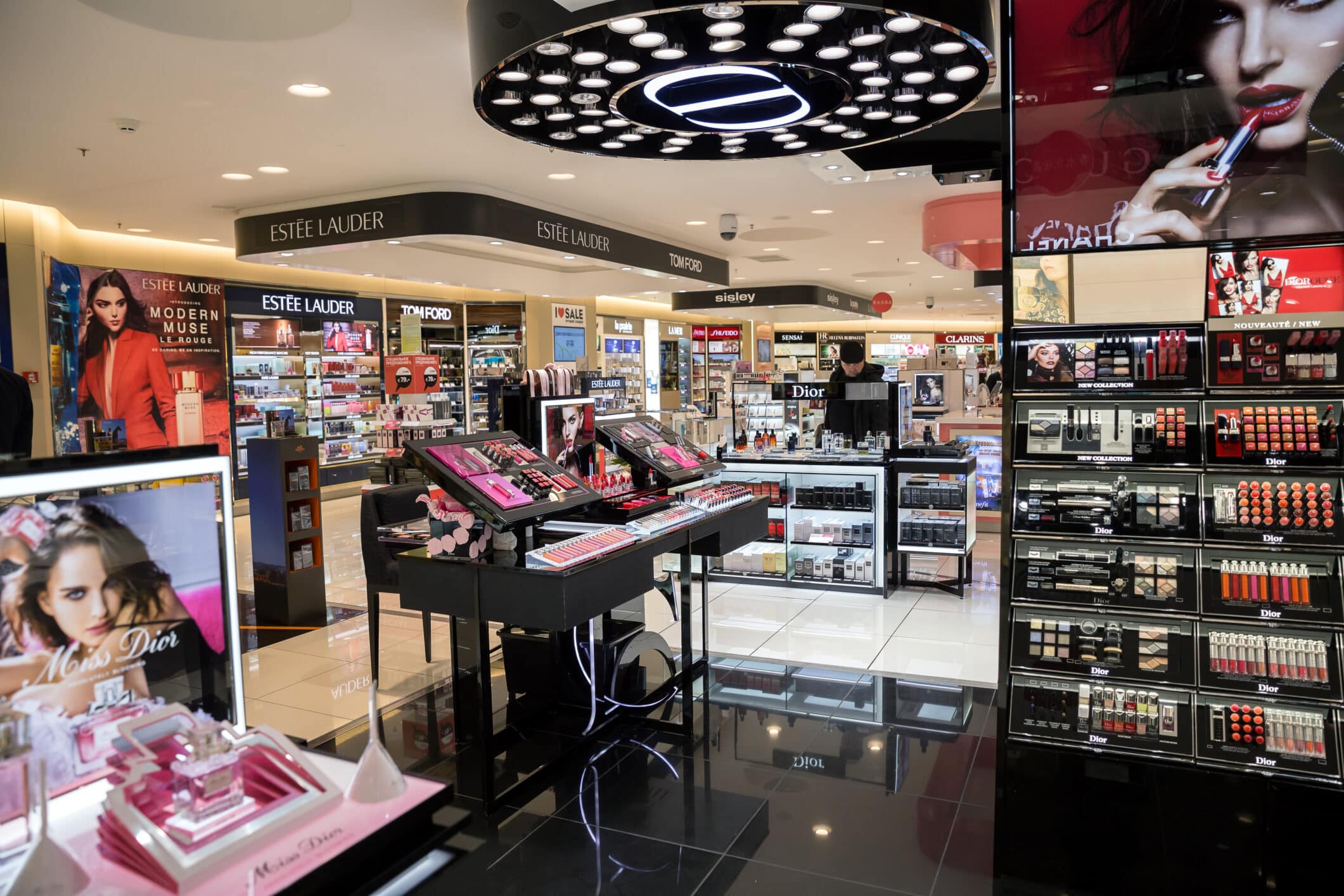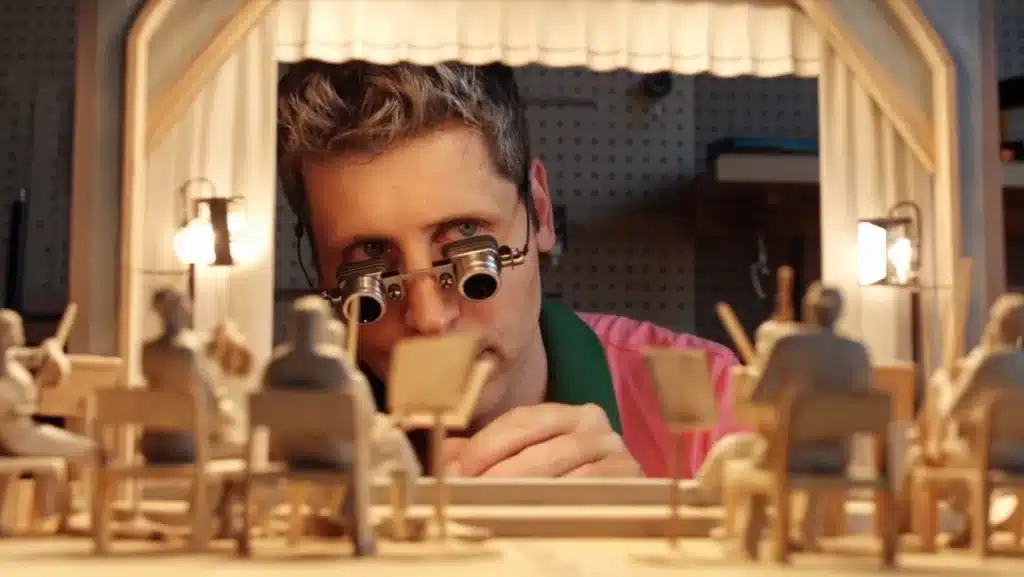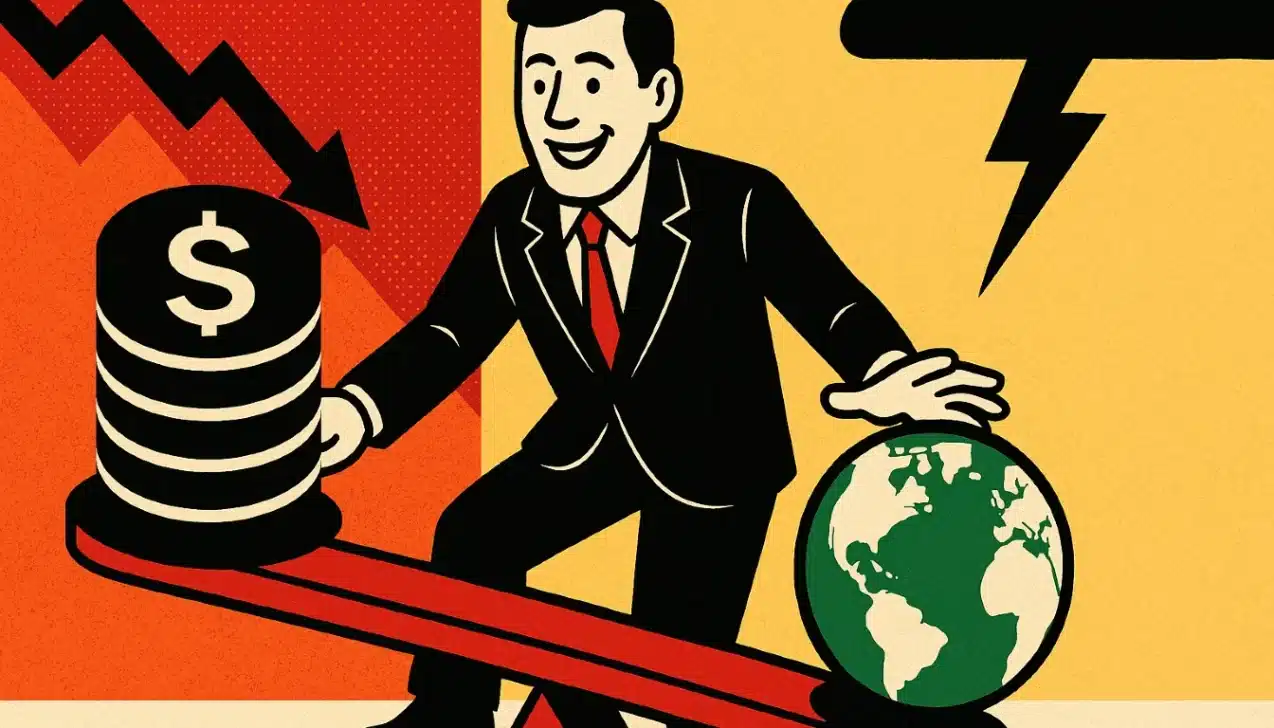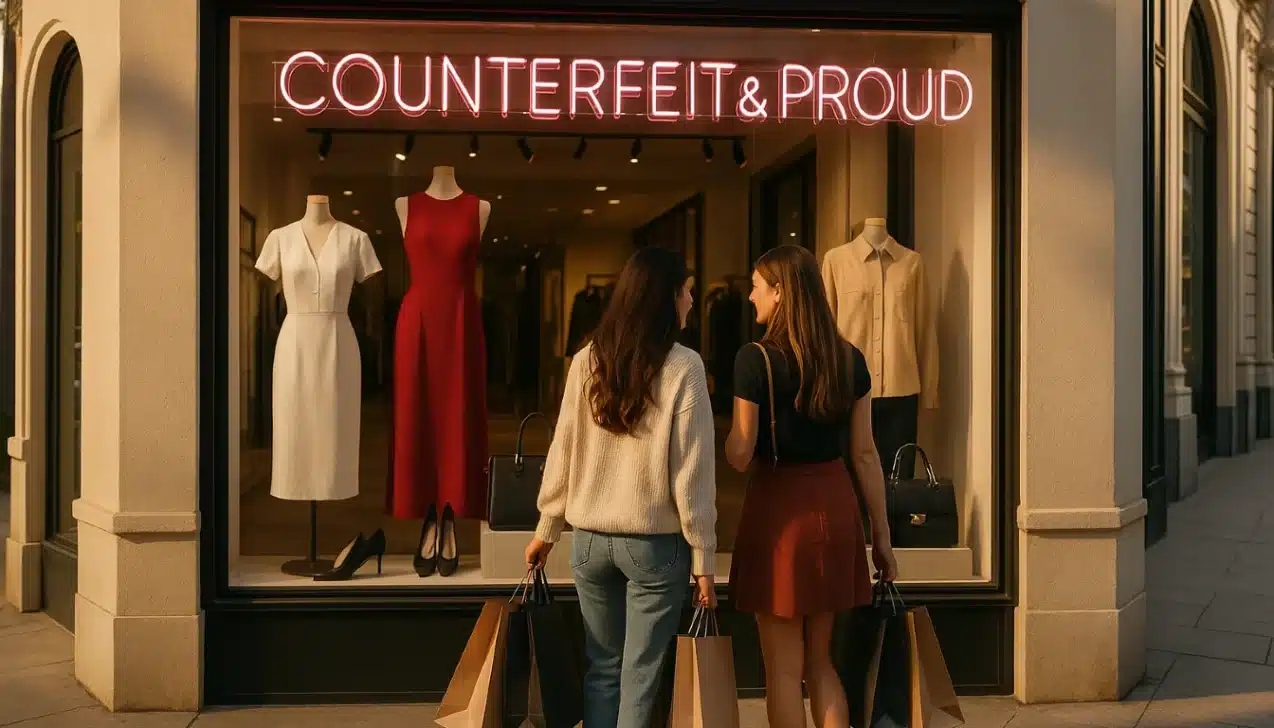You’re browsing the shelves for a present for that special someone. You are drawn to an expensive looking candle. It smells great. It’s got a rich, dark blue label, with shiny, embossed gold writing and tasteful gold shapes printed all over it. Just the job.
Now if you’re anything like me, it wouldn’t have crossed my mind to think about the environmental impact of choosing that particular candle with its metal-heavy packaging (let’s leave aside that it’s probably not great to be burning candles anyway).
However, it turns out that in the UK alone, up to 15 million square metres of metallic foil is produced for packaging every year. That would cover 2,100 football pitches, to use a standard comparison. And globally it’s up to two billion square metres, or 2,000 square kilometres – roughly the size of Tokyo.
Big numbers certainly, but most concerning is that a huge amount of it – up to 95 per cent in some cases – is never actually used and simply ends up in landfill because it can’t be recycled.
The reason why this happens is rooted in a process that’s not been substantially updated in more than a hundred years. Metal is glued onto a film, generally made of plastic, to create a foil with two layers that are very difficult to separate. Small areas of this foil are then used to add the shiny, metallic areas on labels and packaging. What isn’t used is simply discarded. The cost in terms of money is huge – there’s excessive production and the printing firms also need to pay to remove the waste, a cost that is factored into the price the end customer would end up paying. And the whole process is very carbon intensive.
However, a company called ACTEGA Metal Print has now come up with a better solution. Their EcoLeaf product is a new sustainable alternative to creating decorative metallic embellishments on labels and cartons – wrapping paper may follow, but not in time for this festive season.
The technology – originally invented in Israel by Benny Landa who was also the inventor of digital printing – uses only the precise amount of metal required to create the metallic image with no difference in end quality or look and feel. It also doesn’t have to be printed onto a plastic back-sheet, but can be applied directly to a number of other ‘substrates’ including cardboard.
The technology – originally invented in Israel by Benny Landa who was also the inventor of digital printing – uses only the precise amount of metal required to create the metallic image with no difference in end quality or look and feel. It also doesn’t have to be printed onto a plastic back-sheet, but can be applied directly to a number of other ‘substrates’ including cardboard.
Their calculations suggest that EcoLeaf creates only half the CO2 footprint of the traditional ‘cold foil’ (which lies completely flat) or ‘hot foil’ (which is slightly raised for a more premium feel).
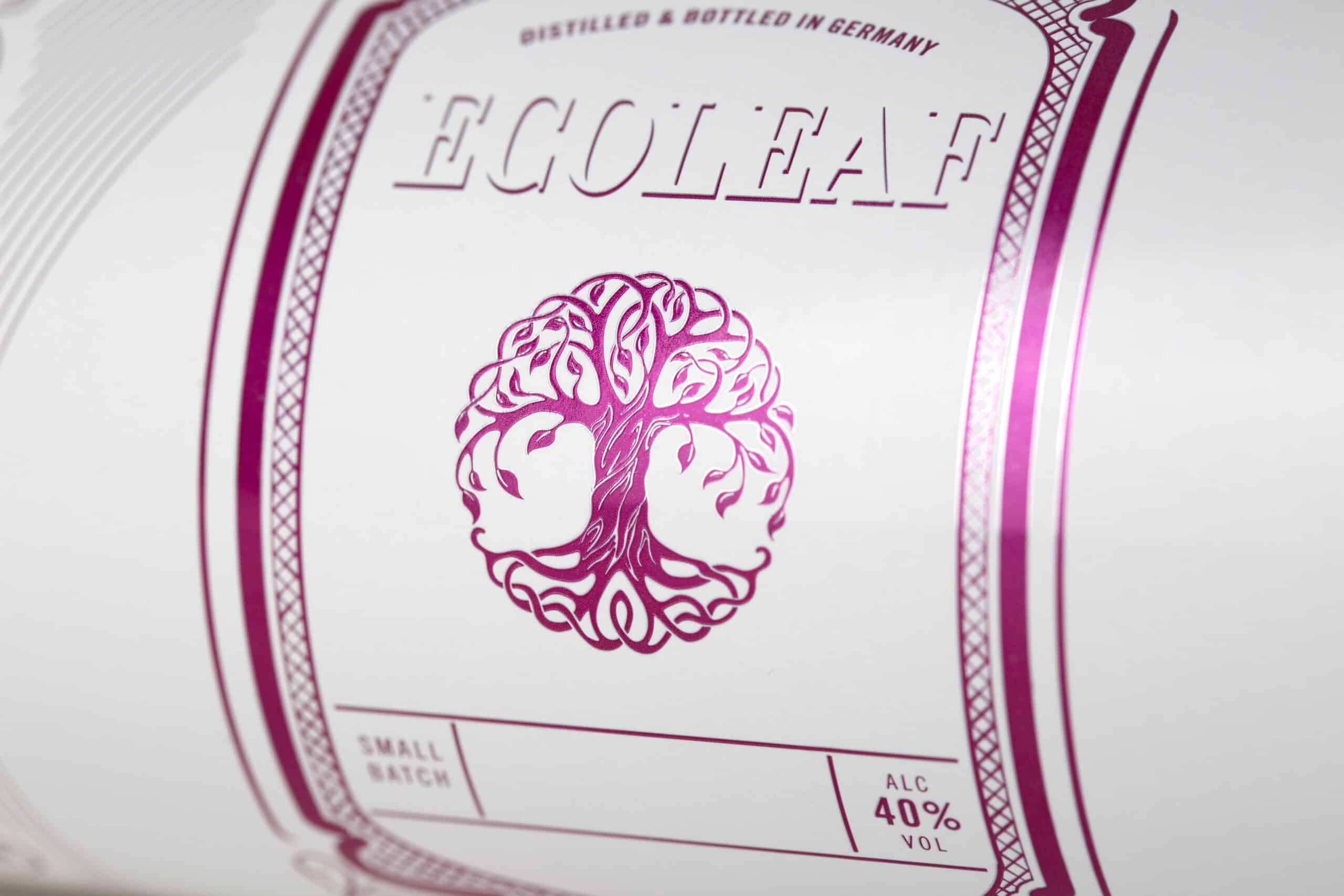
EcoLeaf metallic embellishment gives the same premium look and feel as traditional methods. Picture from ACTEGA.
Paolo Grasso is ACTEGA’s Sales Director and he explains more: “Embellishment is one of the key elements of packaging, so obviously we cannot defer from the quality standards that exist today. To the human eye, EcoLeaf looks absolutely the same as foils, so an end user would not be able to distinguish if the product was realised with EcoLeaf or with standard foils.
“On the other hand EcoLeaf offers certain technical features, which are unique. For example, we can apply EcoLeaf in haptic effect, a three dimensional effect, which in the conventional industry is realised by foiling plus embossing. In our case we just do it with screen printing and then the metalization, so you even save one step of production and one unit of tooling on the machine. So in that sense, it’s even easier to run and offers some very nice glittering effects to the packaging so converters and brand owners can benefit from additional features.”
The application of metals to packaging is extremely widespread. Look around any perfume counter or the wine and spirits aisle and you’ll start to notice the tell-tale glint from boxes and labels.
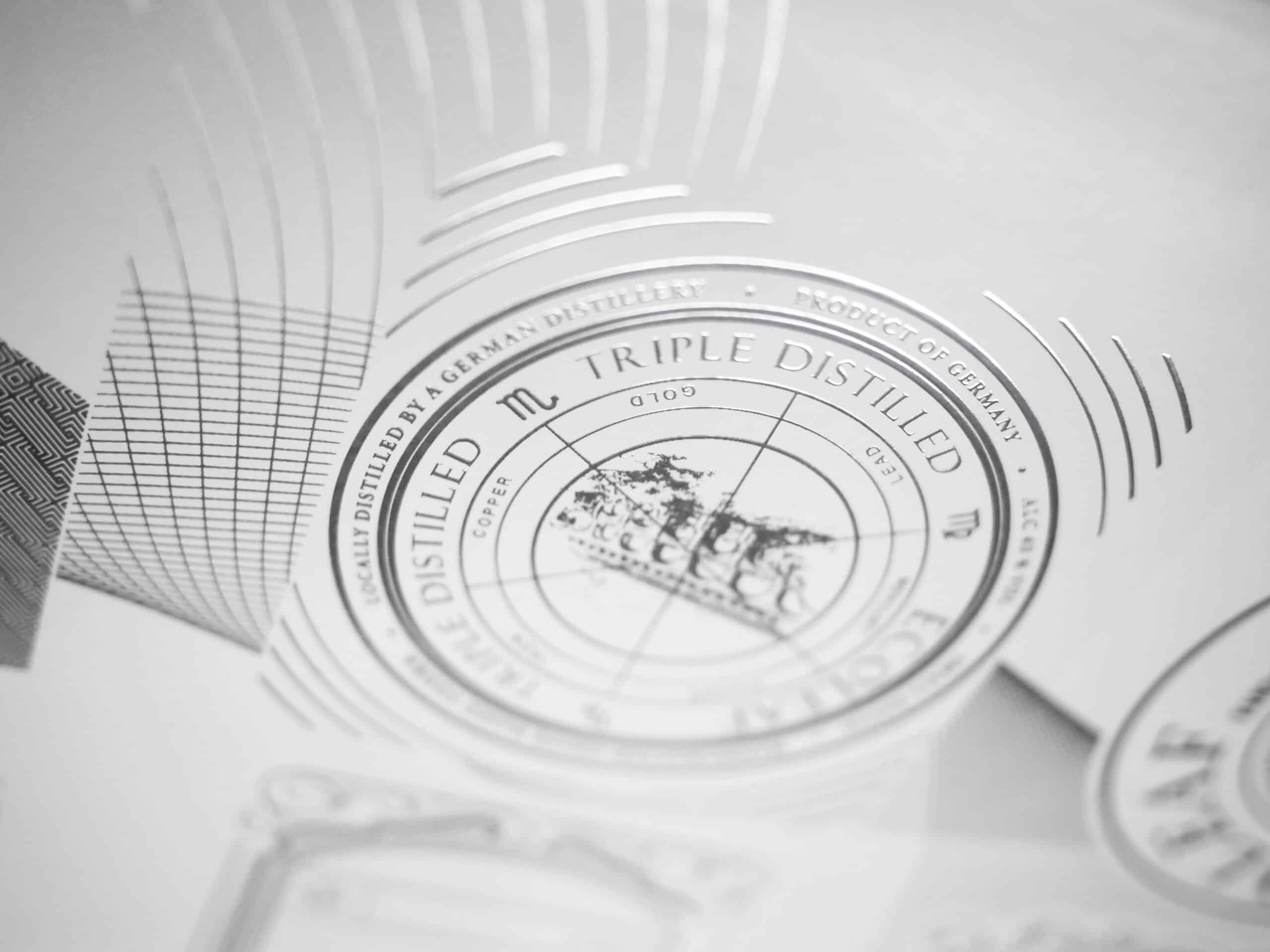
Shiny elements attract consumers to brands. Picture from ACTEGA.
Bill Wallsgrove is a brand consultant with extensive experience in product design and packaging. He explains why consumers respond to metallic effects: “It is commonly believed that magpies steal things that glitter or shine and bring them back to decorate their nests. Recent qualified research in animal behaviour indicates that this particular stereotype is entirely unfounded.
“With humans it is far more complex. There is no doubt that in some consumer brand categories we are really attracted to shiny finishes and the glisten of metallic surfaces. This is particularly true in luxury products from gifting to perfumes and spirits. Too much can be brash but a signature cap or label adds allure and quality signals to the packaging. Metallic finishes can also add signals of security and freshness to ambient products.”
He agrees that designers and brand owners need to make efforts to specify more environmentally friendly solutions that still play to these innate consumer responses.
“A clever future trick for designers with purpose would be to add the desirable sheen and sparkle, through print, without relying on some of these environmentally unfriendly metallic and laminated packaging materials and components,” concludes Bill.
While making great financial and environmental sense over time, changing manufacturing processes and equipment to EcoLeaf clearly requires some upfront investment by printing companies.
Robert Koeckeis, Head of Product Management at ACTEGA Metal Print, explains that they can help make the financial argument to funding providers, who are now also demanding real evidence of how their investments will impact on sustainable behaviours and carbon mitigation: “Europe wide, CO2 is at the moment the main focus of each company. If you want to go to a bank to ask for investment money, that bank will ask you what is your plan for CO2 in defence of your company. Our prepared documents [about the technology and its impact] can be handed over to the bank and the bank can understand why you want to invest now in this kind of technology.”
ACTEGA says it already has six installations up and running with printing firms across Europe. One customer is Kolbe-Coloco, based in Versmold, Germany. The company provides “multi-sensory print finishing” to enhance the attractiveness of self-adhesive labels.
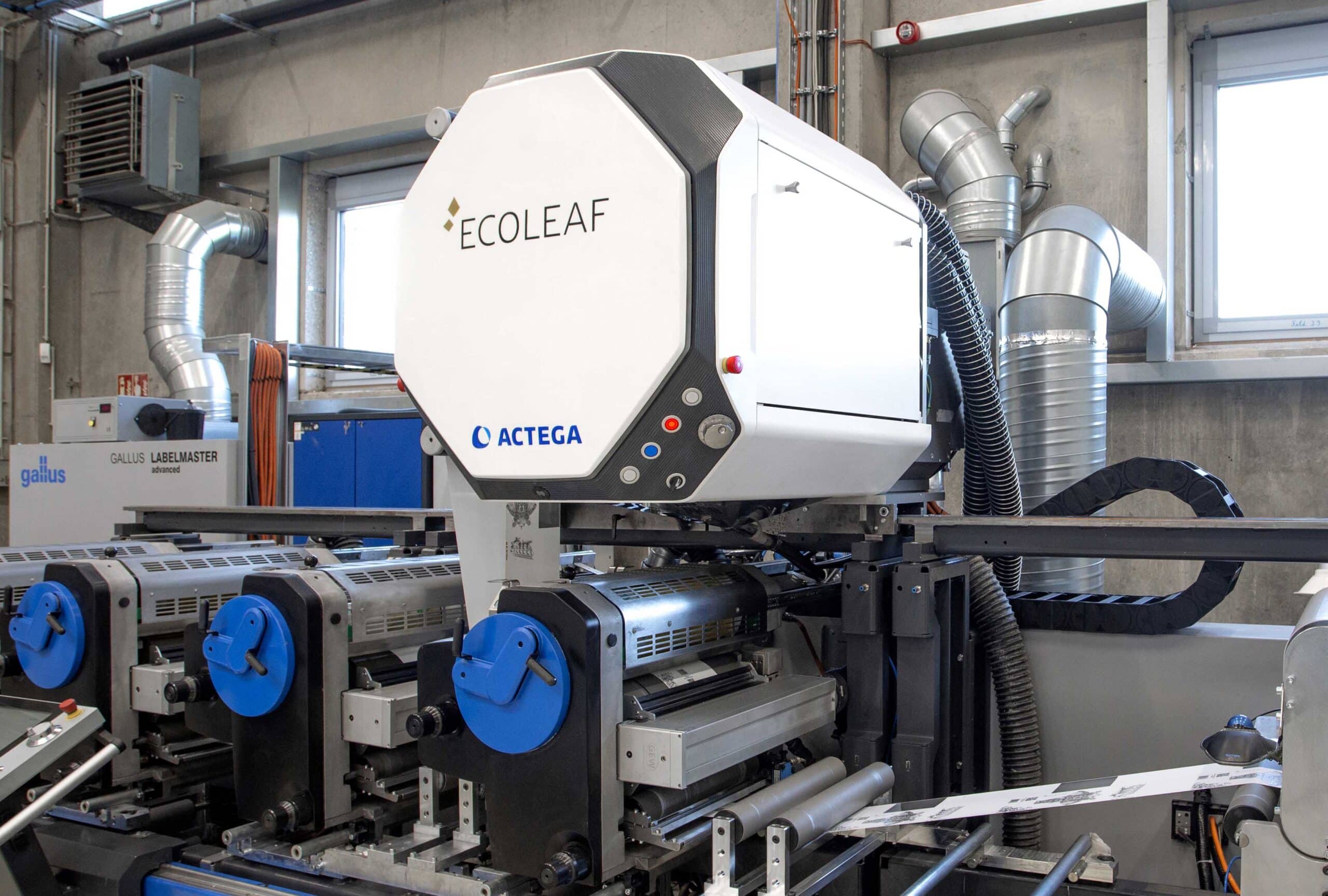
An EcoLeaf press installed at a manufacturing site. Picture from ACTEGA.
Stefan Klinksiek, Kolbe-Coloco’s CEO, comments: ‘EcoLeaf is already enabling us to enjoy resource savings and significantly less waste. What’s more, the ACTEGA technology has also become a real catalyst for new business too – brands truly engage with its benefits and see it as a premium service. There’s no doubt that EcoLeaf has provided us with a competitive edge.”
There’s currently no plan to include any kind of EcoLeaf logo or marking on consumer-facing packaging, although this could come as the technology rolls out. So, unless you’re really dedicated to researching the packaging and labelling used by your favourite products, there’s no way to know if they’ve adopted this more sustainable process yet.
In the meantime, however, you could always try to accelerate change and send the brand owners a link to this article….
Subscribe
Sign-up to receive our newsletter
